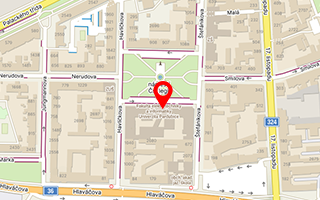Publikace detail
Comparison of ReLU and linear saturated activation functions in neural network for universal approximation
Autoři:
Štursa Dominik | Doležel Petr
Rok: 2019
Druh publikace: článek ve sborníku
Název zdroje: Proceedings of the 2019 22nd International Conference on Process Control, PC 2019
Název nakladatele: IEEE (Institute of Electrical and Electronics Engineers)
Místo vydání: New York
Strana od-do: 146-151
